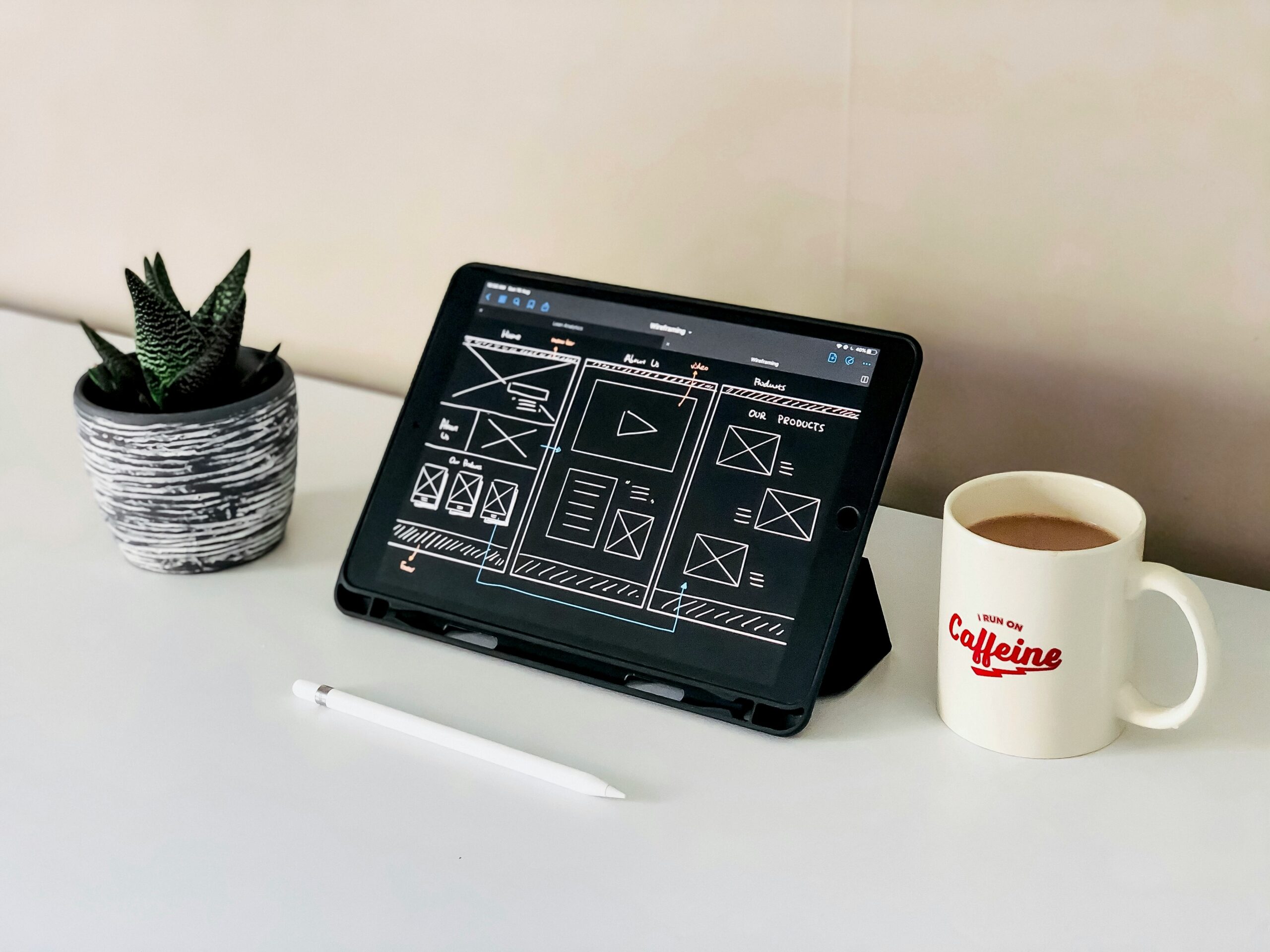In today’s digital age, where people access the internet through a variety of devices, having a website that is optimized for multi-device compatibility is crucial. Responsive web design is the solution to this challenge, as it allows websites to adapt and provide an optimal user experience across different screen sizes and devices.
Responsive web design is a design approach that aims to create websites that automatically adjust their layout and content based on the screen size and orientation of the device being used. This means that whether a user is accessing the website on a desktop computer, a tablet, or a smartphone, they will always see a version of the site that is tailored to their specific device.
One of the key benefits of responsive web design is improved user experience (UX). With a responsive website, users don’t need to zoom in or scroll horizontally to view content, as the layout and content automatically adjust to fit their screen. This results in a seamless and intuitive browsing experience, which can lead to increased engagement and longer visit durations.
Another advantage of responsive web design is improved search engine optimization (SEO). Search engines like Google prioritize websites that are mobile-friendly in their search results. By having a responsive website, you increase your chances of ranking higher in search engine results pages (SERPs), which can drive more organic traffic to your site.
Responsive web design also simplifies website maintenance. Instead of having separate websites for different devices, responsive design allows you to have a single website that adapts to different screen sizes. This means that any updates or changes you make to your website will be reflected across all devices, saving you time and effort.
When implementing responsive web design, there are a few key principles to keep in mind. First, it’s important to prioritize content. This means that the most important information should be readily accessible and visible on all devices. This may involve reorganizing content or using collapsible sections to ensure a clean and uncluttered layout.
Second, it’s essential to optimize images and media. Large images and videos can significantly slow down the loading time of a website, especially on mobile devices with slower internet connections. By compressing images and using appropriate file formats, you can ensure that your website loads quickly and efficiently on all devices.
Third, consider the touch-friendly nature of mobile devices. Unlike desktop computers, mobile devices are primarily operated through touchscreens. This means that buttons and links should be large enough and properly spaced to accommodate finger taps. Additionally, forms and input fields should be designed with mobile users in mind, making it easy for them to enter information on smaller screens.
Finally, it’s crucial to test your website across different devices and browsers to ensure a consistent user experience. This includes testing on various screen sizes, orientations, and operating systems. By doing so, you can identify and address any issues or inconsistencies before your website goes live.
In conclusion, responsive web design is essential for optimizing the user interface (UI) and user experience (UX) of websites across multiple devices. By creating a website that automatically adapts to different screen sizes and orientations, you can provide a seamless and intuitive browsing experience for your users. With improved UX, enhanced SEO, simplified maintenance, and adherence to key design principles, responsive web design is a must-have for any modern website.












Leave a Reply